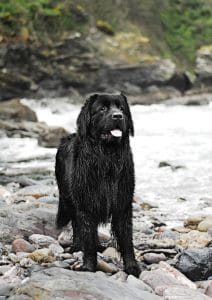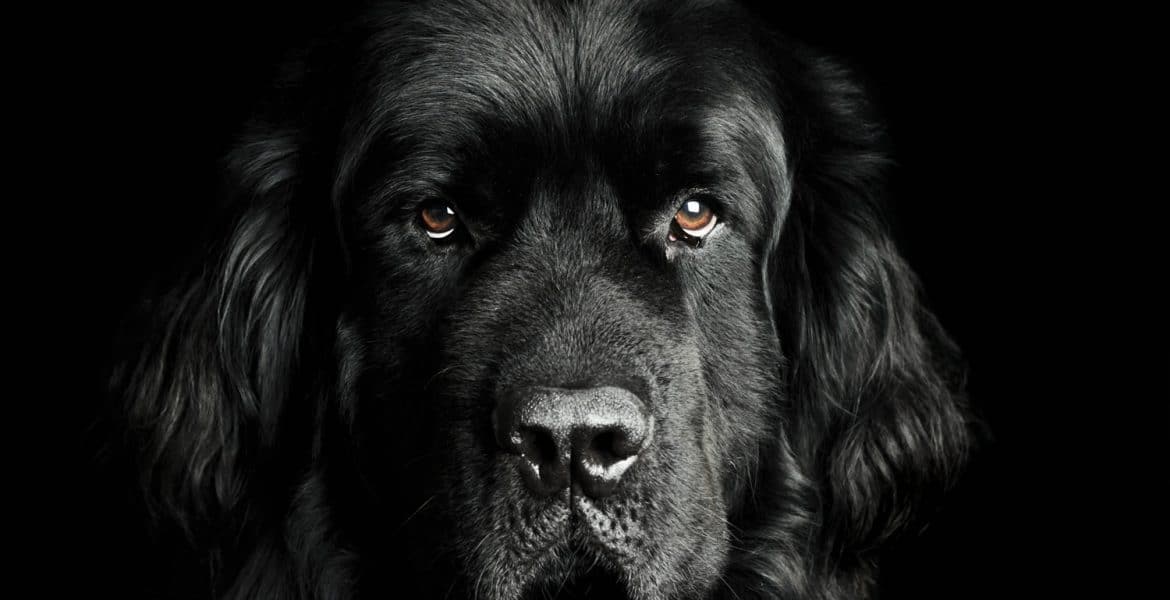
History
The Newfoundland gets its name from its place of origin: the island of Newfoundland in eastern Canada. A native breed known as St. John’s Dog (also the founding breed of the modern retrievers) is thought to have bred with mastiffs, most likely the Great Pyrenees or the Tibetan Mastiff, to produce this large, hard-working breed. Newfoundlands were designed to serve as draft dogs, water rescuers and companions. Due to the Newfoundland’s bear-like appearance, it was also rumoured to have been bred from big bear dogs, although there is no evidence to back such a claim.
A Newfoundland is thought to have saved Napoleon from drowning, while another named Seaman accompanied Lewis and Clark on their American expedition. Newfoundlands are often depicted as courageous and loyal and excellent swimmers, they are thought to have a propensity for rescuing people from drowning.
Physical Attributes
Newfoundlands fall in the “giant dog” range, weighing between 45 to 68 kilograms with an average height of 68 centimetres. The average lifespan of a Newfoundland is 10 to 13 years. A typical Newfoundland is strong and muscular, with a broad head and dark brown eyes. Ears are triangular and folded, the back of the legs are feathered and standard colours are black, grey and brown. Many Kennel Clubs consider the Landseer, which has a black or brown head with a black and white body, as a variety of Newfoundland.
Newfoundlands are double-coated, with a dense, soft undercoat and a longish, coarse outer coat. They shed twice every year, during autumn and spring. Their thick coat requires regular brushing – two to three times a week, and more frequently during shedding season.

Health & Exercise
They need moderate daily exercise; long walks in the morning and evening do them nicely. They can be prone to inactivity, so care should be taken to keep these large dogs from getting fat. Newfoundlands can be expected to drool, a lot! They are prone to slobbering quite excessively, especially after eating and drinking. If you take pride in having a spotless home, then a Newfoundland may not be the ideal dog for you.
They are “gentle giants” with a steady temper so make for great pets, but they’re also quite clumsy and powerful, so all interaction with children and small pets must be supervised. They are sociable with other pets and with strangers. Puppies need more exercise and should be trained and socialized early to learn how to handle their size without being destructive or overpowering. As working dogs, they are bright and intelligent and require motivation and challenges to keep from getting bored.
Newfoundlands are prone to hip dysplasia, elbow dysplasia, bladder disorders, heart disorders, eye disorders and bloat.


